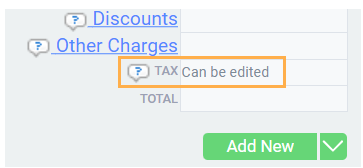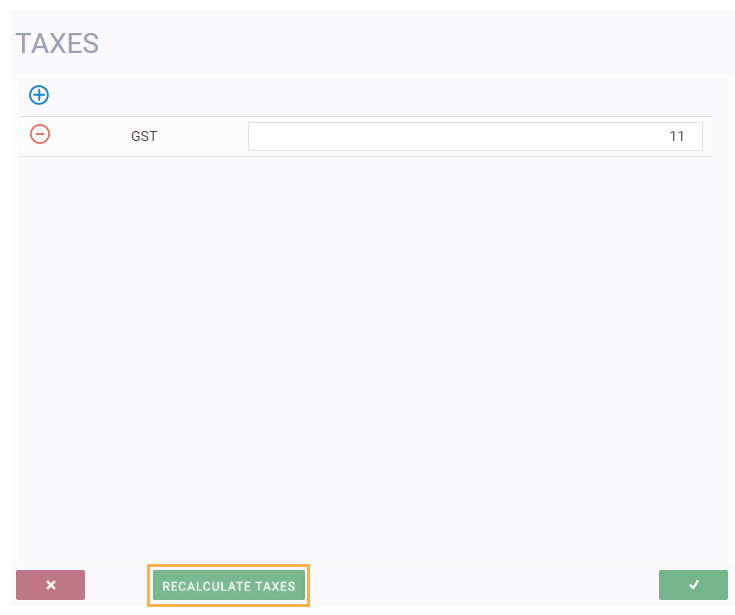Setting up taxes
Introduction



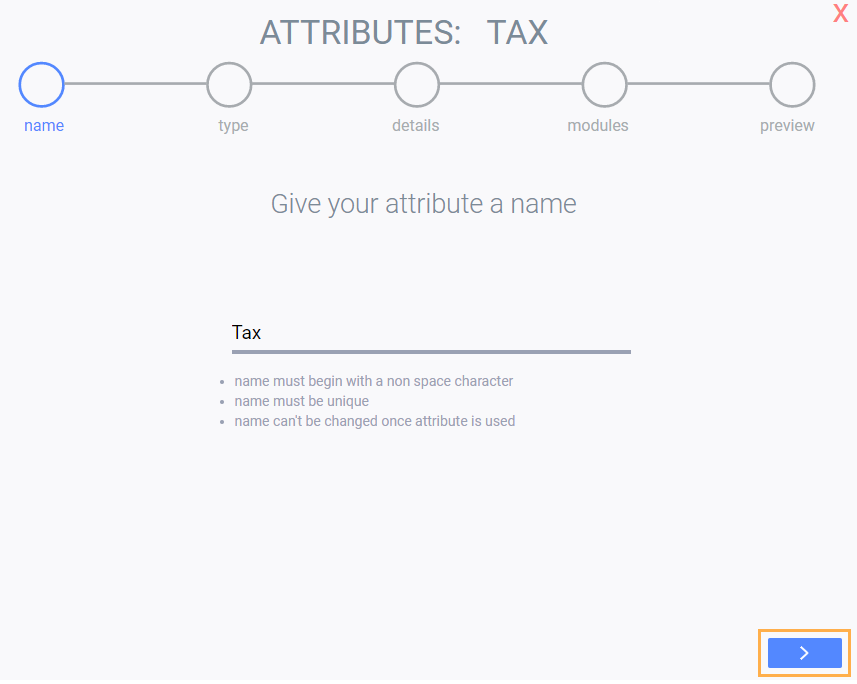
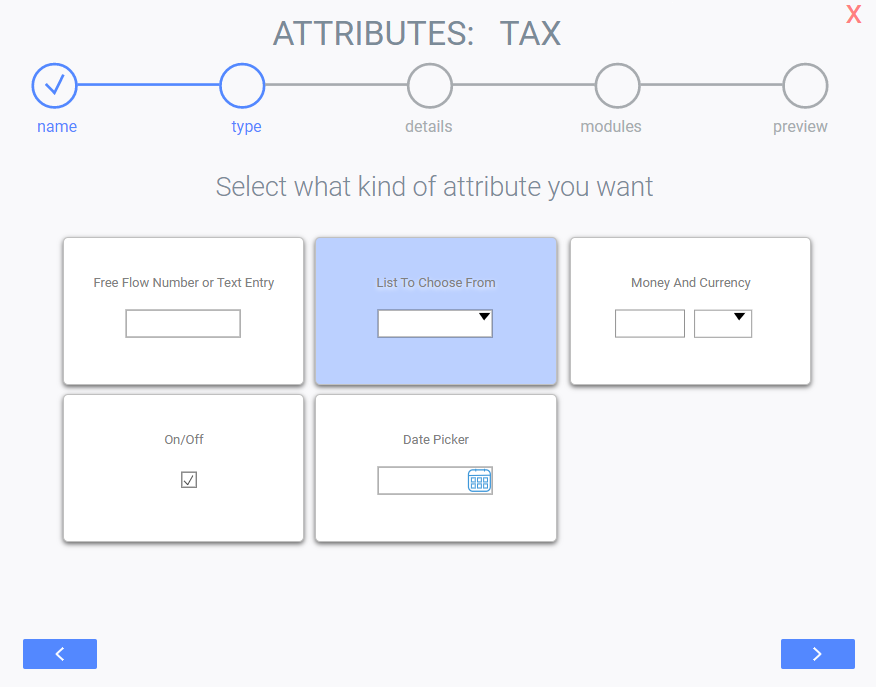
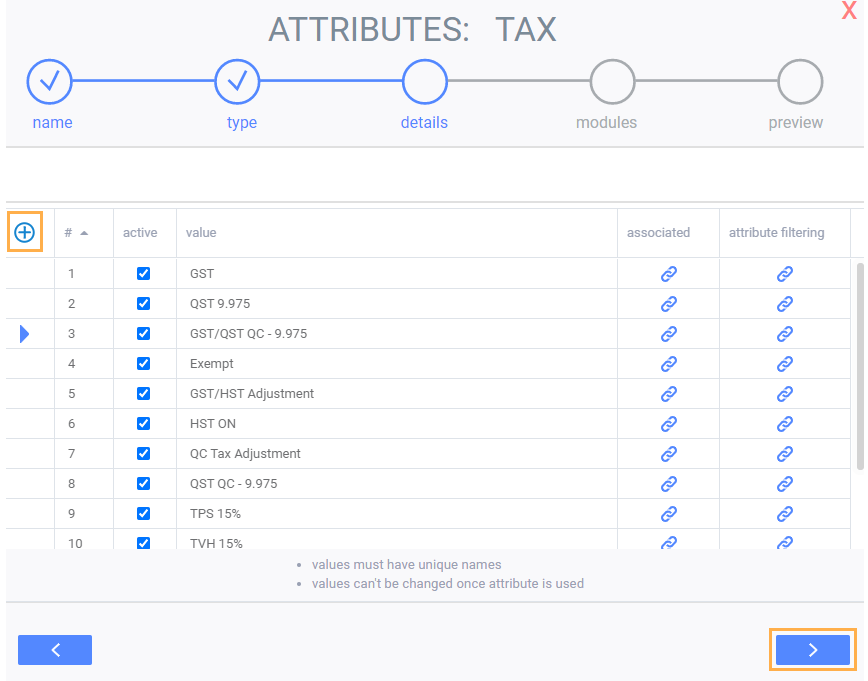
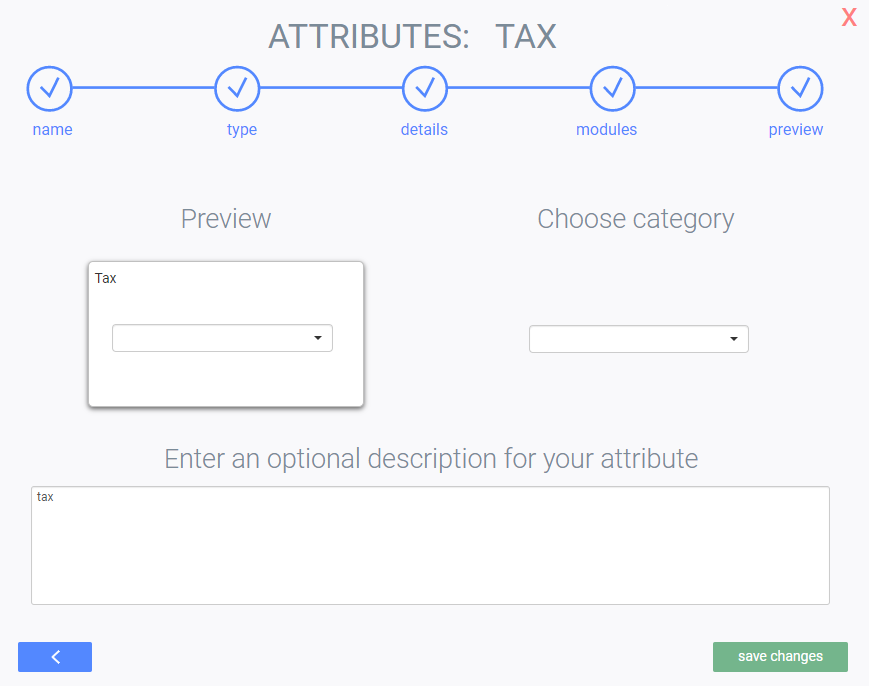
Tax rate setup
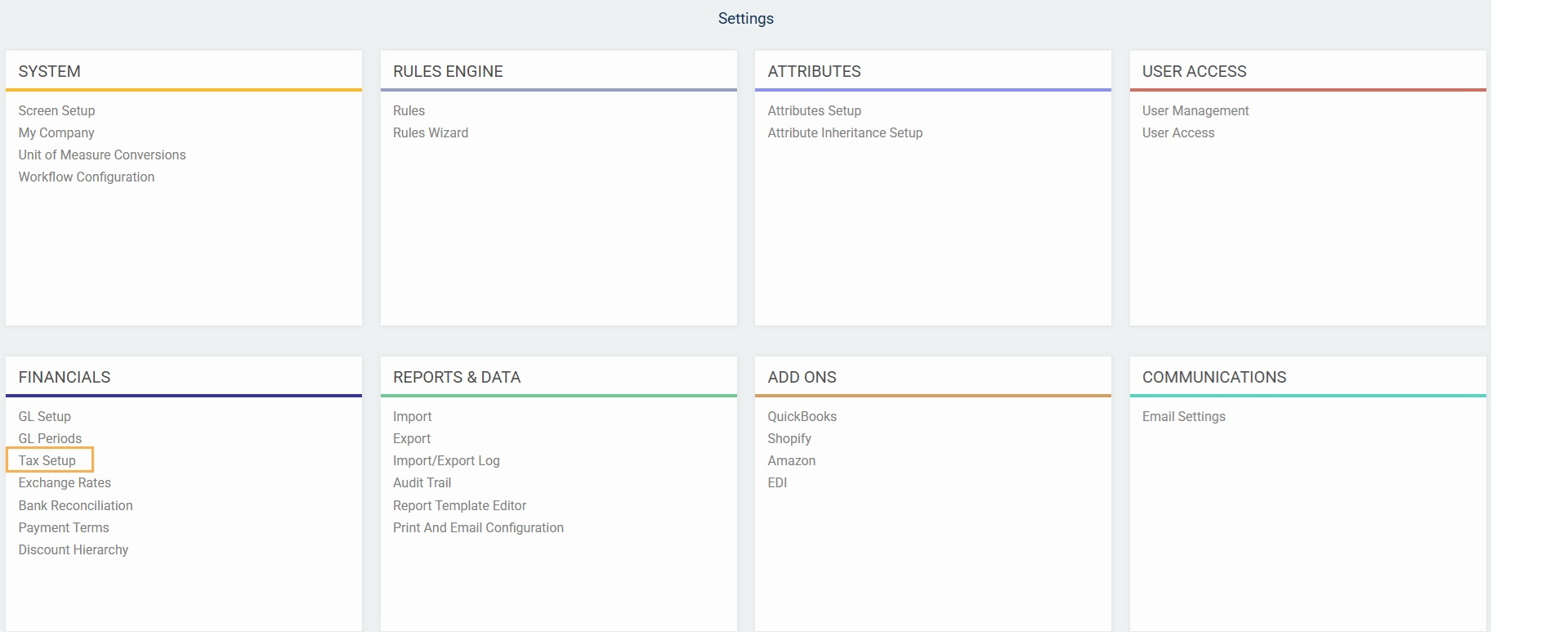



Mandatory fields are marked with a red asterisk (*) and must be filled before saving.
compound - Indicate whether the tax calculation can be accumulated with another tax rate.
If you sell to a region that has multiple taxes calculated on top of each other, you must specify if the tax scenario you are creating needs to be compounded (i.e. added to the previously calculated tax value on a specific transaction) or not.
- If you're entering taxes that are being applied to customers when creating transactions and are based on their location, select location.
- In some provinces in Canada children's clothing has a special tax (for example). In this case, the tax being charged on children's clothing would be an item tax. The tax can be applied to a product in the product setup.
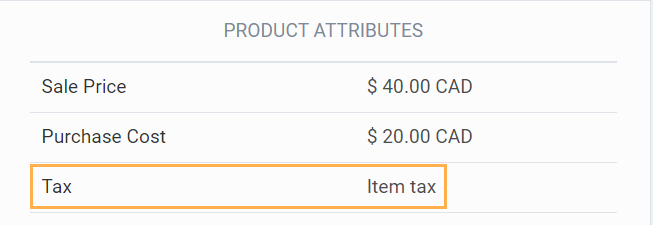
- If your customer is part of a particular tax program, for example, they're a federal agency, they may have a special tax rate. In that case select company. The tax can be applied to a customer in the customer setup.

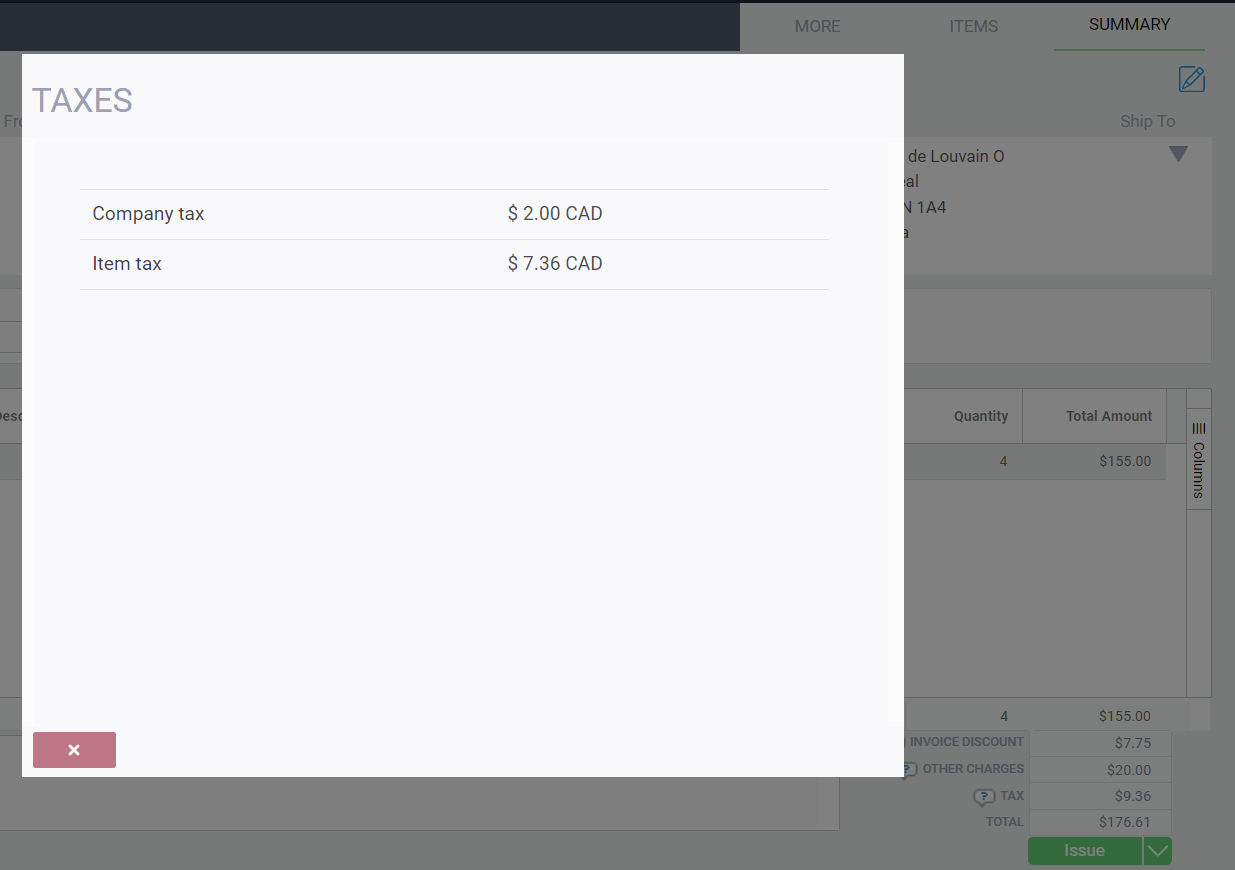

The calculation order feature is required when multiple tax codes must be applied for one scenario (one departure location and one destination location). With this feature, we use the example of the way Canada's Quebec calculates their taxes - QST is to be applied after the GST. Simply enter a number in the sequence of importance (1,2,3, etc.) - in the case of Quebec, GST would calculate first, and then the QST would be calculated on top of that (1 for GST and 2 for QST).
end date - Indicate when the rate is no longer effective. Any transaction after this date will not be using this rate.
from and to country - Indicate the "ship from or to" country that will use this rate. You must enter the Google long description, e.g. United States instead of USA.
from and to state/province - Indicate the ship from or to state or province that will use this rate.
city - Indicate the ship to city that will use this rate.

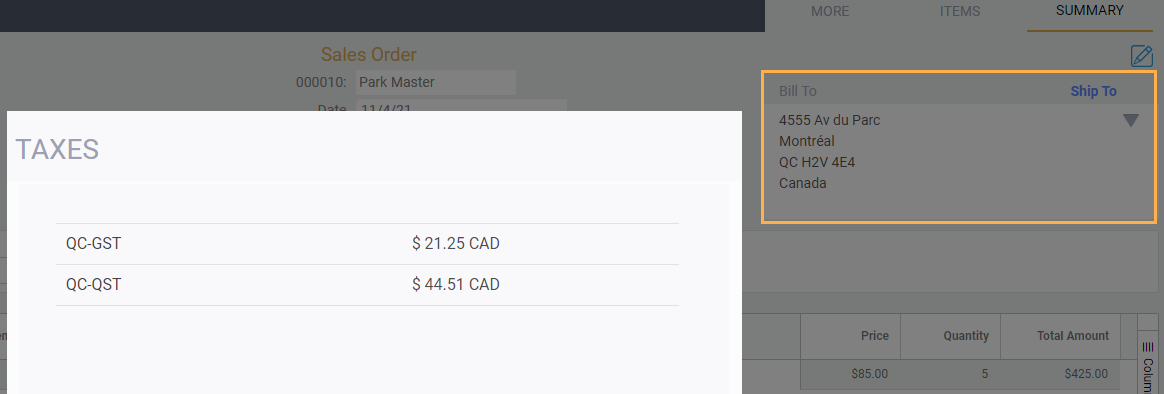
You cannot change any tax scenario if it has already been used in transactions.
Recalculating taxes after they have been edited
Based on your transaction configuration, you also have the ability to override the system tax calculation you set up.
Manually edited taxes on a transaction are indicated with a blue asterisk. This can be seen at the bottom of a transaction: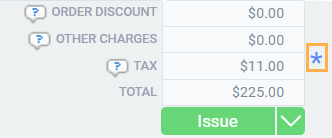
To revert back to the original taxes, click the tax value field and click the recalculate taxes button:
To cancel and exit the screen, click the cancel button.

Import and export your tax setup
Instead of making changes or adding configuration manually, you can easily import your tax setup automatically using the import/export tool. All tax validations that exist when entering new rates manually also apply when importing them.
To access the import and export functions, click the settings button from any screen.

Import and export are found under the reports & data card.
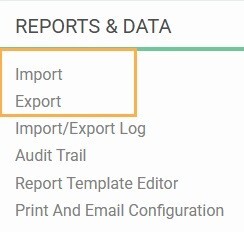
Click on export and select tax setup from the drop-down:
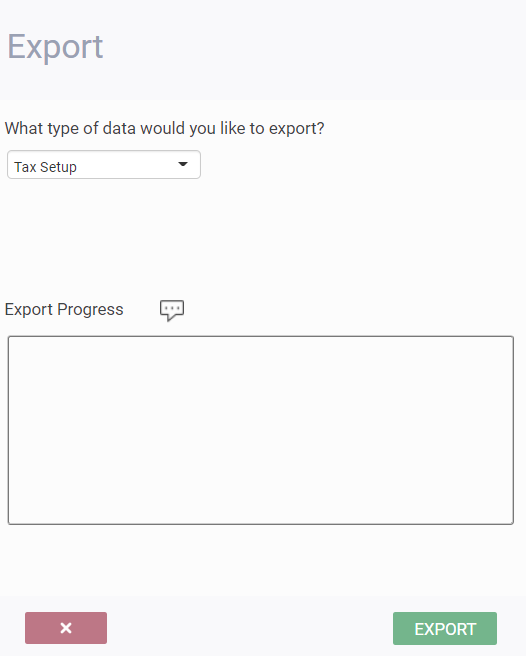
Click the export button and Paragon will export your data into a spreadsheet format. All of the fields that are configured on the tax setup screen will appear as columns in your excel sheet.

If you want to add a new line to the tax setup instead of updating an existing line, leave the line number blank for that row.
After you have made your changes or added new taxes, you can import the file into Paragon.
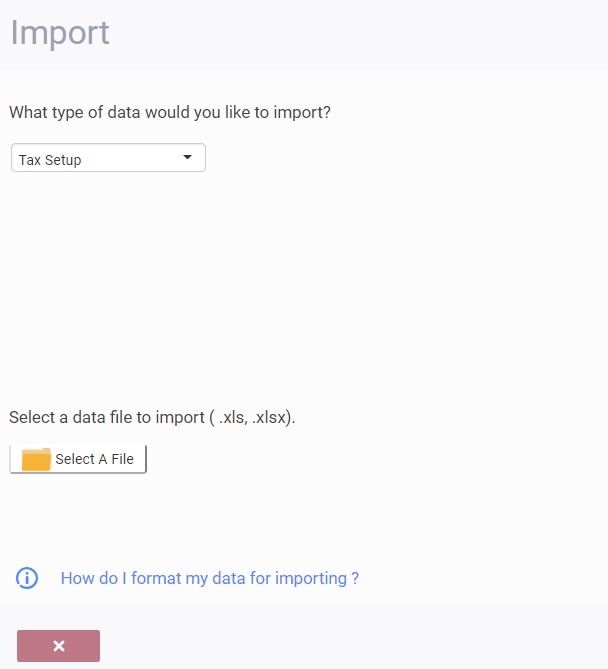
What's next?
Now that your taxes are set up, you can create transactions and have all of the taxes automatically calculated. Here are some other handy configuration articles that you may find useful:
![paragon logo-1.png]](https://support.paragon-erp.com/hs-fs/hubfs/paragon%20logo-1.png?height=50&name=paragon%20logo-1.png)
